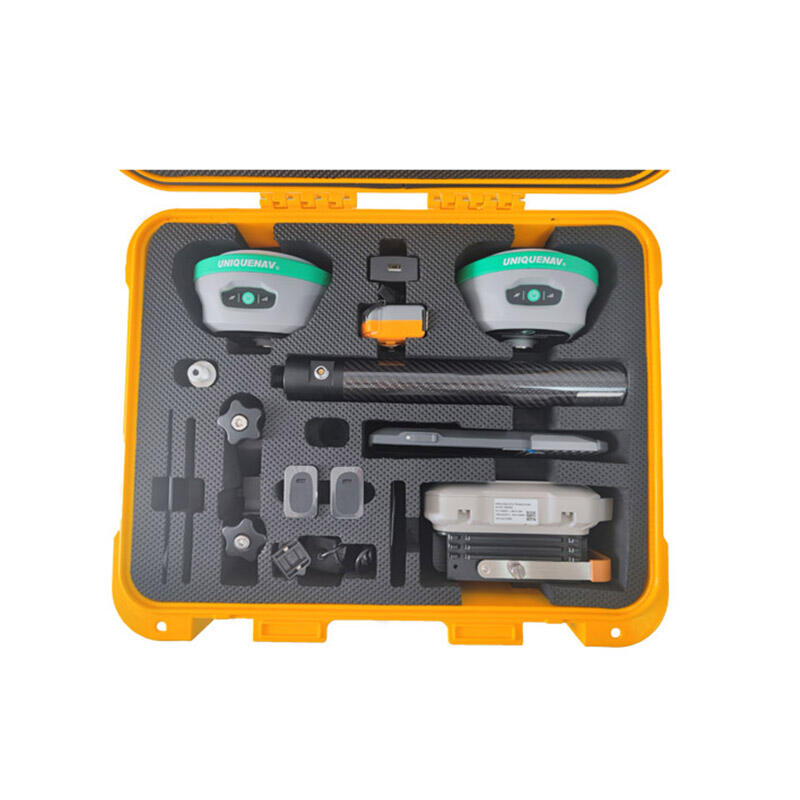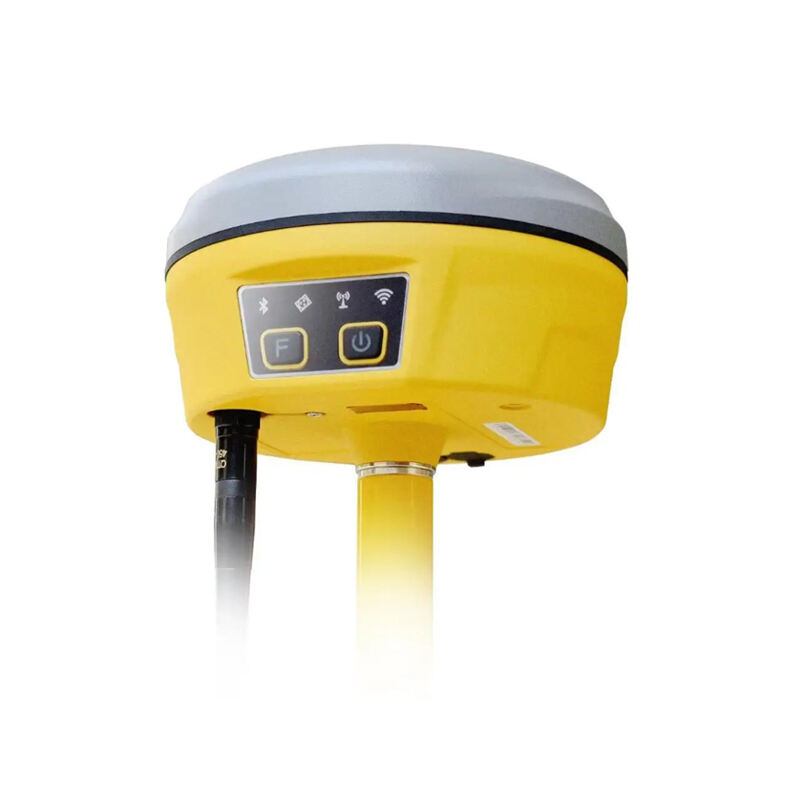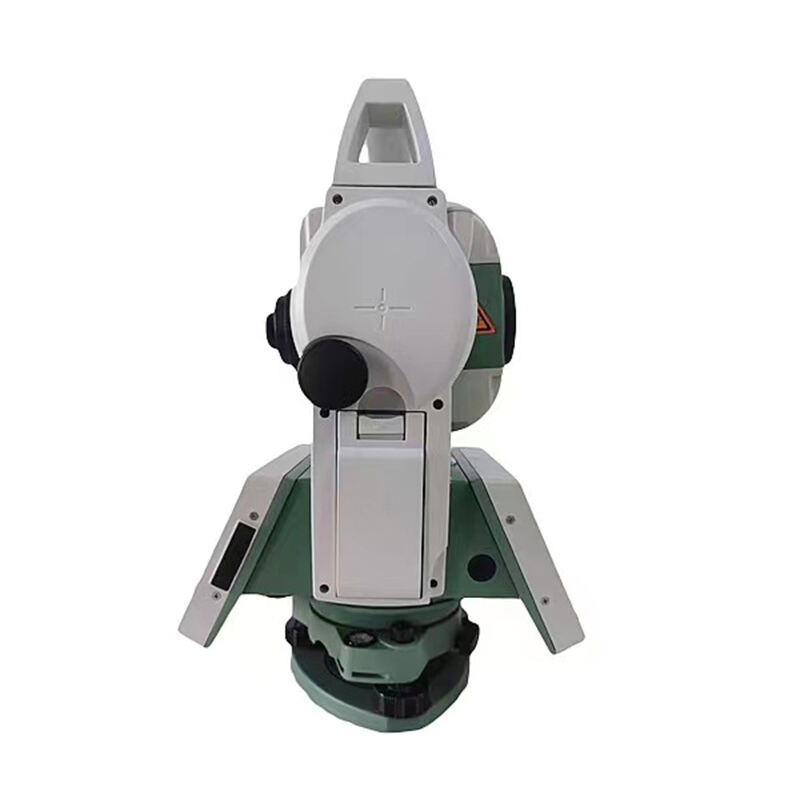rtk system gps
RTK (Real-Time Kinematic) GPS system represents a significant advancement in satellite positioning technology, offering centimeter-level accuracy for various applications. This sophisticated system enhances traditional GPS capabilities by utilizing a base station that broadcasts correction data to mobile receivers in real-time. The base station, positioned at a known fixed location, continuously monitors satellite signals and calculates corrections for various error sources, including atmospheric delays, satellite orbit errors, and clock discrepancies. These corrections are then transmitted to mobile RTK receivers, enabling them to achieve highly precise positioning results. The system operates by comparing the phase of the carrier wave signals from satellites, rather than just the coded messages they contain. This carrier phase measurement, combined with the correction data from the base station, allows RTK systems to achieve accuracy levels of 1-2 centimeters horizontally and 2-3 centimeters vertically. The technology has revolutionized numerous industries, from precision agriculture and construction to surveying and mapping. Modern RTK systems often incorporate multiple satellite constellations, including GPS, GLONASS, Galileo, and BeiDou, to improve reliability and accuracy further.


